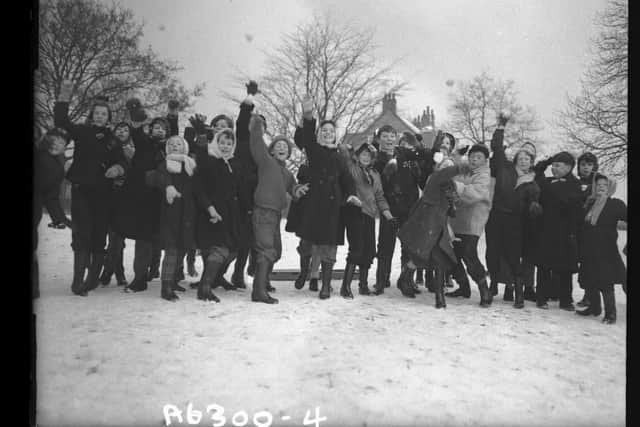Looking Back: Northampton in the snow


So how has Northampton and its people coped with wintry weather in the past?
Children with days off school made for the nearest slopes dressed in gloves, coats, hats, scarves and wellies.
Advertisement
Hide AdAdvertisement
Hide AdSnowballing, sledging and even open air skating - though ice-skating on frozen rivers is definitely not recommended with all the dangers involved.


However, business must still go on, so the walkways, highways, byways and waterways need to be kept free of ice and snow.
Shovelling snow will certainly warm up the person wielding the spade even in the harshest weather.
Perhaps winters were worse in the past or was it that fewer people had central heating? Maybe chilblains were common because clothes weren't made of modern, light weatherproof fabrics so perfect for fun in the snow?
Advertisement
Hide AdAdvertisement
Hide AdCars and lorries would still get stuck on icy roads but there weren't as many journeys made at all and maybe more people walked to work, school and the shops.
Whatever our view of snow, it still looks beautiful and is undeniably fun unless you have to get somewhere in a hurry.